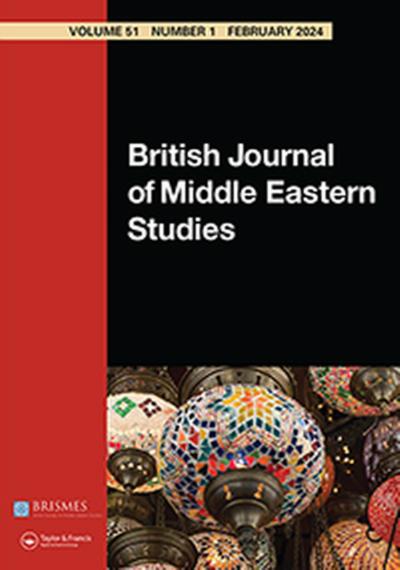Exogenous state-building: The contradictions of the international project in Afghanistan
In the contemporary writing on state-building in post-conflict situations, remarkably little attention is paid to what it takes to build a state. There is much advice on policy priorities and sequencing – security, rule of law, humanitarian assistance, fast pay-out of a peace dividend, demobilisation, elections, and so on – but much less attention to the basic ingredients that are required for the enterprise.
Historical experience and the political science literature suggest four necessary components: coercion, capital, legitimacy and leadership. In Europe, as Charles Tilly [1990] tells us, the modern state developed as local rulers marshalled revenues to pay for armies to fight other rulers; protection and increasingly other services were provided to their subjects to ensure continued flows of resources, and the state became a going concern.
Time is commonly also added in recognition of the fact that most contemporary states are the product of a long historical process of state-formation. Yet even these cases typically have some periods of more active state-building, when leaders mobilise arms, capital and legitimacy in ways that decisively strengthen the state. Given the internationalised nature of current state-building, arguably the most central, but also the least addressed, question is therefore to what extent the four components of state-building can be effectively provided by international actors, as opposed to being mobilised through an endogenous process. The present chapter explores this question with reference to post-2001 Afghanistan, first by reviewing the features of successful non-European state-building processes, and then by contrasting these with the tension-filled experience in Afghanistan.





